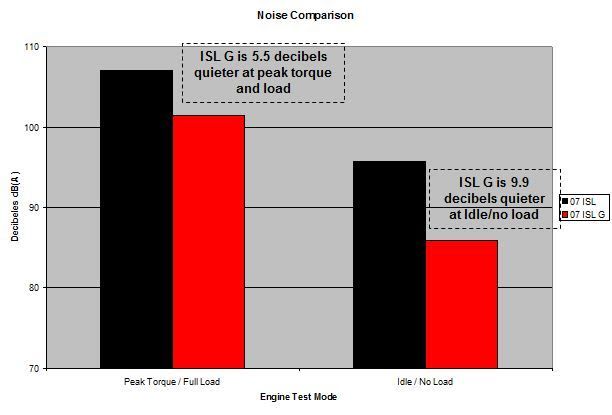Originally posted by bigmuskie
View Post

Originally posted by bigmuskie
View Post
 . Im all for a quieter engine and if it reduces smog levels in the city thats a good thing also. I know the folks in the high rise buildings would appreciate it. I want to convert my silverado but Im reading its about 10K through a shop. The govt doesnt allow you to just buy a kit and install it without facing fines. It would be nice to run cng in low load areas such as traffic around town etc. GM Ford and chrysler will be offering some cng vehicles and some infrastructure is being put into place at some truck stops across the country. I think in 2-3 yrs we will see a few more ngv's on the roads. I wonder if there could ever be an aftermarket for the these vehicles?
. Im all for a quieter engine and if it reduces smog levels in the city thats a good thing also. I know the folks in the high rise buildings would appreciate it. I want to convert my silverado but Im reading its about 10K through a shop. The govt doesnt allow you to just buy a kit and install it without facing fines. It would be nice to run cng in low load areas such as traffic around town etc. GM Ford and chrysler will be offering some cng vehicles and some infrastructure is being put into place at some truck stops across the country. I think in 2-3 yrs we will see a few more ngv's on the roads. I wonder if there could ever be an aftermarket for the these vehicles?

Leave a comment: